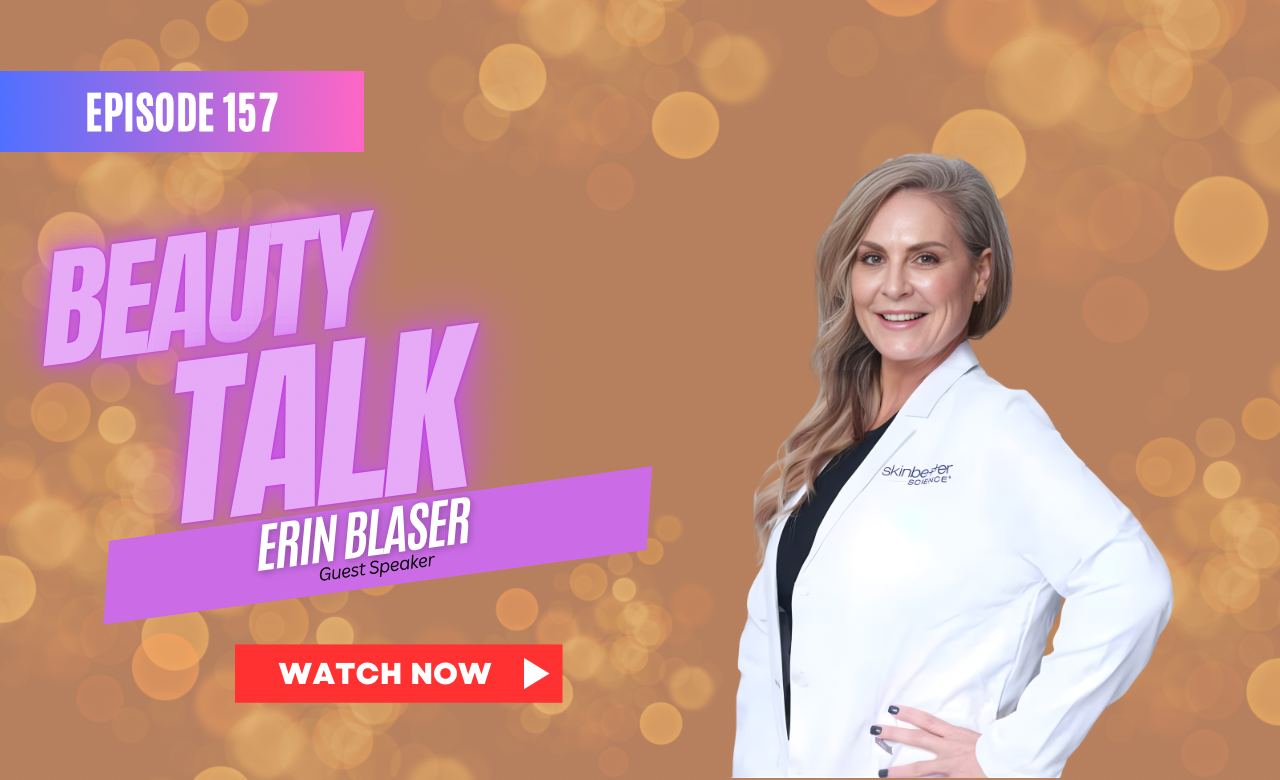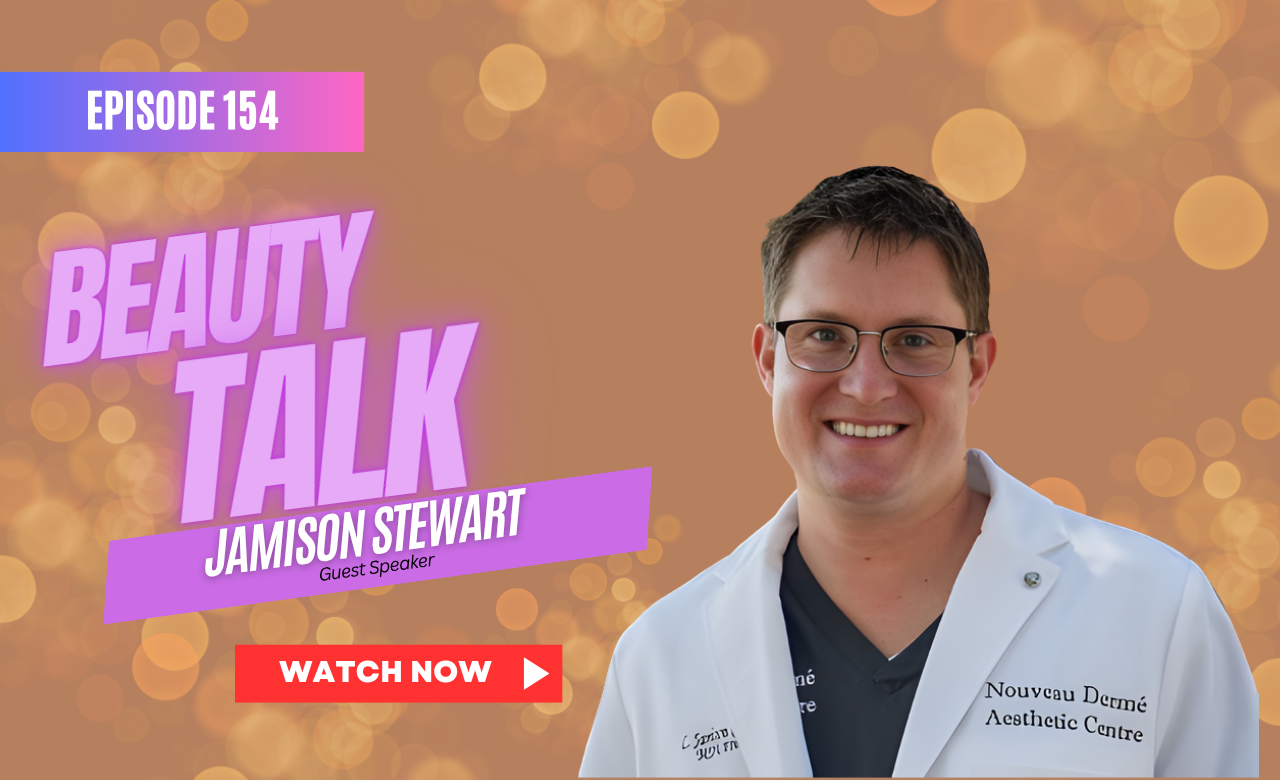The Importance of User-Friendly Website Design in the Medical Industry
As the medical field continues to change quickly in digital ways, quality care depends on how the patient feels. Patients who have access to user-friendly medical websites can stay on top of their health information, leading to improved outcomes and higher satisfaction ratings.
In this blog post, we'll explain why it is critical for websites in the medical sector to be user-friendly and how this contributes to improved patient care. By taking a deeper dive into the impact of a well-designed website, practitioners and patients alike are sure to benefit from its implications. Let’s get started on the journey to improving medical websites that can help both healthcare providers and their patients in very important ways by making it easy to get information and helping with patient care through website design!
What is "user-friendly website design"?
User-friendly website design is an essential component for successful and effective digital communication. Web design principles are typically understood to be a set of instructions designed to fulfill users' needs in an intuitive, efficient, and successful manner. Users should be able to quickly and easily navigate a given website in order to find information that is pertinent and related to their medical requirements. User-friendly website design helps boost user engagement, ultimately leading to higher user satisfaction and more conversions.
Usability and Accessibility of Websites
A website's usability and accessibility are two key factors to consider when ensuring patient care is improved.
- Usability refers to the degree to which a website is user-friendly and allows for interaction. In other words, does it have an easy-to-navigate layout with clear options for achieving tasks? Is it tailored for multiple devices and platforms? Does it accommodate users with disabilities or language barriers? If a medical website lacks some of these basics, it can create confusion and frustration among users.
- Accessibility encompasses usability as a broader concept, making sure potential users can actually access and use a website. Are keyboards accessible for people with physical disabilities? Is there text that is optimized for readers of different ages or capabilities? Is there appropriate color contrast and font sizes for people who are visually impaired? All of these represent different access points that could be available but overlooked without proper forethought on the developer’s part.
Ultimately, creating an effective and user-friendly website requires both usability and accessibility considerations. It is only when those two factors are balanced that the benefits of having such a website improve patient care in the medical industry .
Benefits of User-Friendly Website Design in the Medical Industry
User-friendly website design has numerous benefits for the medical industry. With effective user-friendly design, medical websites can provide intuitive navigation and search functionality that significantly enhance the user experience. These on-site features are designed to accommodate visitors’ needs quickly and efficiently, helping them find the information they need quickly and conveniently. So, patient care is better when patients have access to all the information they need to make smart decisions about their health care needs. Also, designs that are easy to use help doctors stand out from their competitors and attract patients more effectively.
On the flipside, user-friendly website designs also have drawbacks in terms of usability. If a website is not designed according to best practices or fails to address its users’ needs effectively, it could cause friction and impede users efforts to locate information or resources that they may require. In such situations, patients may feel frustrated and confused when attempting to navigate the site with limited guidance or support. Also, too much design on a website can get in the way of the user experience and make it hard for visitors to find the content they want.
Overall, properly designed, user-friendly websites in the medical industry provide numerous advantages as long as they are built with the end user—patients—in mind. When done correctly, these websites bring real value by improving access to essential resources and information for patients in need of medical care.
Improved access to resources and information
Content and resources available on a medical website can play a major role in improving patient care. By making necessary information and support easily accessible, medical websites can provide an invaluable benefit to both healthcare providers and their patients. With the right balance of resources, users can be directly connected to the assistance they need while also receiving timely updates on their health.
On the one hand, offering a wide array of resources allows patients and their families to become more involved in their overall health plan. This provides an opportunity for healthcare providers to create personalized care paths tailored to the individual. In addition, having readily available information on topics such as wellness plans or preventive measures helps emphasize education and encourage self-care practices.
On the contrary, having too many resources accessible at once may cause confusion for some users, leading to inaccurate diagnoses or treatments. With so much data within easy reach, website designers need to be mindful of how they present it and ensure the user experience is intuitive and streamlined.
By taking these factors into consideration, healthcare providers can improve patient care by creating informed patients who have easy access to resources. Therefore, it is imperative that medical websites are carefully designed with user-friendly elements in order to give users a positive experience.
Key Website Design Elements in the Medical Industry
Website design is a valuable tool for medical professionals to reach consumers and provide quality patient care. It has the potential to increase customer satisfaction and improve the business’s overall efficiency. To maximize website usability, several key design elements are needed in the medical industry.
Prior to creating the website, it's essential to consider how visitors will access it. In the medical field, visitors need access to vital information quickly and easily, such as doctor profiles and contact information for various services offered by the practice. This requires designing an intuitive navigation system that makes it easy for visitors to get where they need to go with minimal effort. When designing the website, consideration must be given to what functions should be placed on different pages and how those pages can be logically connected. Additionally, ensuring that relevant content is easy to find through search capabilities can add to the website’s overall usability.
Another important element of medical website design is making sure that graphics are appropriate for all users. While graphics can make a page visually appealing, too many of them or animation on homepages can slow load times and leave patients feeling overwhelmed. Furthermore, multimedia such as videos should also be easily accessible where needed without compromising the security of patient data in any way. Properly using visuals helps improve the user experience while providing meaningful information that can assist with better patient care.
Finally, while mobile optimization is beneficial across most industries, it is particularly important within healthcare marketplaces due to the need for users to access information instantly via their smartphones or tablets. Cross-platform compatibility makes sure that no matter what kind of device a patient uses, they can still access content in the best way possible with the least amount of trouble.
Overall, these key website design elements—including user-friendly navigation, strategic visuals, and mobile optimization—can help improve a medical practice's user experience and ultimately improve patient care. As we move on to the next section about layout and optimizing the homepage, it's clear that understanding how design affects user satisfaction could be very important for any business that wants to give their customers a good online experience.
Layout and homepage optimization
Presenting a visually appealing web page layout is essential for effectively communicating with patients who seek information from healthcare providers. The correct layout should help the patient find needed navigational links with ease, and the overall page structure should be intuitively organized to deliver a clear message of what services are offered. A good homepage design will also be tailored to present relevant content for each type of user. For example, using concise yet helpful phrases in their headlines or providing aesthetically pleasing visuals that match the theme of the website.
By doing this adequately on the homepage, it helps guide visitors to engage further on the website and potentially fill out online forms or book appointments as they look through the rest of the site. Conversely, an unappealing or confusing website layout can result in visitors leaving the site quickly, which can unintentionally make them feel unwelcome and cause them to struggle when trying to fulfill their needs. Furthermore, technical issues like slow loading times or too many ads may irritate users even further.
Therefore, it is very important to optimize a website’s layout by tailoring it to offer easy readability and navigation to its users in order to create loyalty and trust from the start. Healthcare providers can now focus on how their service can benefit users rather than having to explain or teach visitors how to utilize their website.
With the right homepage optimization techniques, medical websites can stand out in terms of user experience and satisfaction, making sure that patients' needs are met with little effort on their part. Making sure these factors are accounted for is key to developing strong relationships between healthcare providers and patients alike.
To conclude, layout optimization is a necessary step towards building a user-friendly experience that meets the needs of the healthcare industry’s clients while allowing them to navigate easily throughout the website in search of pertinent information. When designing any medical provider's homepage, it is critical to consider factors such as font size, readability, and navigation flow when establishing a proper website format. This will ensure an optimized platform for delivering efficient patient care services via the internet. With that being said, it is essential for healthcare providers to recognize other important considerations before launching their websites into cyberspace.
Important Considerations for Healthcare Providers
When it comes to user experience design in the medical industry, there are several important considerations that healthcare providers must make. Risk management must include a focus on patient safety and quality of care. Ethical principles should always guide any decision-making process, and privacy regulations must be upheld. The user experience design of a website should be deployed with these considerations in mind.
Ideally, healthcare providers should strive for maximum efficiency and user satisfaction while adhering to accepted industry regulations and safety standards. Clear communication through well-structured content helps lift the burden of complexity from users' shoulders as they navigate healthcare websites. Additionally, accessibility features can enable users with disabilities to access the same information available to other users, allowing for more inclusive use of websites in the medical sector.
The consideration of convenience for patients is also paramount when it comes to user-friendly web design for healthcare. Clean visual design, reliable technical architecture, and simplified navigation systems all help make patients’ interactions with medical websites more seamless. This key factor can determine how often a user returns to the site for new information or services.
Adopting thoughtful approaches to data security is paramount when designing websites in the medical industry. Privacy risks should be minimized through rigorous compliance practices and secure authentication methods, while avoiding visible personal health information (PHI) when possible. Overall, Balancing minimal risk with maximum consumer access must be considered in order to build trust between providers and their audiences.
Healthcare providers must understand the process of building an effective user experience by having each factor work together to create a secure space for their patients' health information on their websites. With these important considerations in mind, healthcare providers can create a website that gives their audience a safe yet enjoyable way to interact with their service or product.
User Experience and Content
User experience and content are two important components of a user-friendly website design in the medical industry. A successful user experience should be intuitive, captivating, and effortless to navigate. On the other hand, content should be tailored towards providing clear and detailed information about a medical practice’s services for both patients and prospective patients.
When it comes to the user experience, having a well-designed navigation menu is paramount. This menu should remain consistent throughout the entire website, allowing users to easily access different pages, such as information about practice services and contact information. Furthermore, it is essential that all links and buttons direct users to pages with accurate information that is kept up-to-date on a regular basis.
In terms of content, it is equally important for medical practices to use concise language and terminology that is easy to understand. Not only should this include basic information about the services provided by a practice, but also any relevant policies or procedures that a patient might need while interacting with their practice. Explaining these in simple phrases can help relieve some of the stress associated with navigating healthcare processes. Furthermore, including detailed educational resources like helpful articles and videos can give patients better insight into their own health needs.
At the same time, however, too much clutter can be detrimental to usability. Practices should strive for clarity without overwhelming their site visitors with unnecessary or overly complex details. When implemented properly, user experience and content can both contribute to efficient patient care in the medical industry.
By putting together the two parts of user-friendly website design—the user experience and the content—medical practices can make a website that is informative and interesting for visitors while also helping with patient care.
Overall Impact of User-Friendly Website Design
As shown through research, user-friendly website design has a positive impact on patient care in the medical industry. Properly designed websites speed up patient care by making it easier for doctors and nurses to talk to each other, helping patients understand their medical treatments, and reducing the amount of paperwork that medical practices have to do. Additionally, user-friendly website design contributes to an overall more positive patient experience, resulting in higher levels of patient satisfaction.
However, user-friendly website design does have its limits. For example, some patients may not like change or find it hard to understand technology, which makes it harder for them to use these features. Furthermore, organizations must make careful decisions when developing new user-friendly website designs because they must consider patient needs, privacy concerns, and security measures.
Ultimately, user-friendly website designs provide a variety of benefits that improve patient care in the medical industry. By emphasizing intuitive design elements such as navigability and interactivity while considering the aforementioned limitations, organizations can create experiences tailored to their patients' needs that contribute to better health outcomes. The implementation of effective, user-friendly website designs is an important step towards improving both overall patient care and public health.
Contact EDNA Digital Marketing for a user-friendly website design
Are you a healthcare provider looking to improve your online presence? EDNA Digital Marketing can help. Our team excels at creating
user-friendly website designs
that will impress your patients and set you apart from your competitors. We understand the importance of having a website that is both attractive and user-friendly for attracting and keeping patients. That is why we collaborate closely with you to identify your individual requirements, create an original design concept that accurately represents your brand, and engage your target audience. Contact us today!










